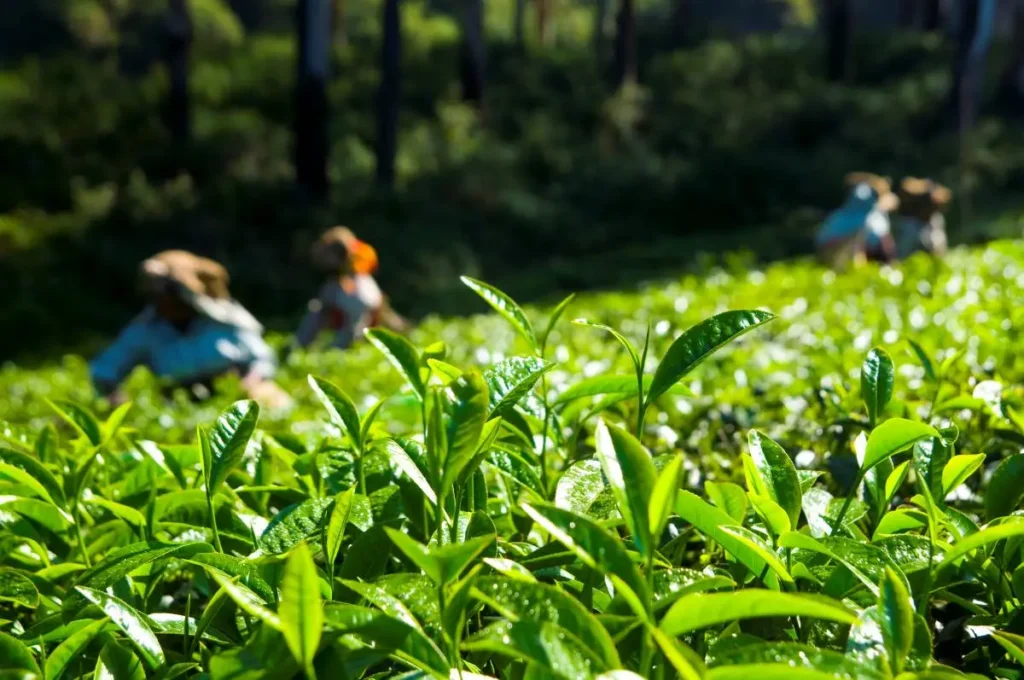
Sylhet's Verdant Charm: Exploring the Tea Gardens of Bangladesh
Nestled in the northeastern region of Bangladesh lies Sylhet, a picturesque district renowned for its lush landscapes, rolling hills, and vibrant tea gardens. Among its many attractions, the tea gardens of Sylhet stand out as a testament to the region’s rich heritage and natural beauty. Let’s embark on a journey to explore the verdant charm of Sylhet’s tea gardens and uncover the stories they hold. Malnicherra Tea Estate (also known as Malnichhera Tea Garden) is the oldest tea garden in the subcontinent. Malnichhera Tea Garden is not only the largest and first established tea garden in Bangladesh, but also in the subcontinent. It was established by Lord Hurdson in 1849 on 1500 acres of land. The tea garden is located a short distance from Sylhet International Airport.

A Tapestry of Green: Sylhet’s tea gardens paint a mesmerizing tapestry of green that stretches as far as the eye can see. Rolling hills carpeted with neatly trimmed tea bushes create a scene of tranquil beauty that captivates visitors. The cool, misty air adds to the enchantment, creating an atmosphere of serenity and calm. As sunlight filters through the leaves, casting dappled shadows on the ground, the tea gardens of Sylhet exude an aura of timeless elegance.
Heritage and History: The tea gardens of Sylhet have a rich heritage that dates back centuries. Introduced by the British during the colonial era, tea cultivation quickly became a thriving industry in the region. Today, Sylhet is home to some of the oldest and largest tea estates in Bangladesh, each with its own unique history and legacy. Walking through the gardens, visitors can trace the footsteps of generations past and gain a deeper appreciation for the labor and ingenuity that went into shaping the landscape.

Cultural Significance: Beyond their economic importance, the tea gardens of Sylhet hold significant cultural value for the region’s inhabitants. Tea cultivation has long been a way of life for many communities in Sylhet, shaping their traditions, customs, and social fabric. The tea estates serve as hubs of activity, providing employment opportunities for thousands of workers and contributing to the local economy. During the harvesting season, the gardens come alive with activity as workers pluck tender tea leaves with practiced hands, their rhythmic movements echoing the age-old rhythms of life in Sylhet.
Biodiversity Hotspots: Sylhet’s tea gardens are not
just monocultures of tea; they are also havens of biodiversity. The lush
greenery of the gardens provides habitat for a variety of plant and animal
species, from colorful butterflies and birds to small mammals and reptiles.

Scenic Beauty and Recreation: In addition to their cultural and ecological significance, the tea gardens of Sylhet also offer opportunities for recreation and relaxation. Visitors can take leisurely walks through the gardens, immersing themselves in the tranquility of nature and enjoying panoramic views of the surrounding hills and valleys. Some estates even offer guided tours and tea-tasting sessions, allowing visitors to learn more about the tea-making process and sample the region’s finest brews. For those seeking adventure, hiking trails wind their way through the tea estates, offering glimpses of hidden waterfalls, lush forests, and picturesque villages along the way.
Conclusion: In conclusion, the tea gardens of Sylhet are not just places of beauty and industry; they are living as testaments to the region’s rich heritage, culture, and biodiversity. As we continue to explore and appreciate the verdant charm of Sylhet’s tea gardens, we can hope that the tea gardens of Sylhet remain vibrant hubs of culture, commerce, and conservation for years to come.